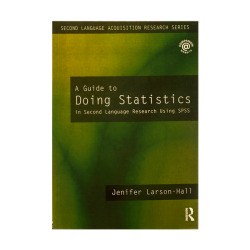Chapter 3 – Defining Groups
Chapter 3 – Defining Groups
Book: An introduction to Sociolinguistics
Writer: Ronald Wardhaugh and Fuller
Saeed Mojarradi Ph.D. Candidate
Language is both an individual possession and a social possession. We would expect, therefore, that certain individuals would behave linguistically like other individuals: they might be said to speak the same language or the same dialect or the same variety, that is, to employ the same code.
In that respect they would be members of the same speech community. Sociolinguists have offered different interpretations of this concept.
If we believe that there is an interaction worth exploring between languages and groups, then we must continue to attempt to define both.
Here we talk and present different definitions of speech communities and two other ways in which groups of speakers have been discussed in sociolinguistics, through social networks and communities of practice.
Finally, we will link these ideas about how we might define social groups with a framework for studying social identities in order to provide a bridge between individual repertoires and social categories.
Speech Communities
Sociolinguistics is the study of language use within or among groups of speakers.
What are groups? The concept of a group is difficult to define but one we must try to grasp. For our purposes, a group must have at least two members but there is really no upper limit to group membership.
People can group together for one or more reasons: social, religious, political, cultural, familial, vocational, avocational, and so on. The group may be temporary or quasi-permanent and the purposes of its members may change.
A group also may be more than its members, for individuals may come and go; it may be linked to an enduring social category, region, or many other types of associated entities. Group members may also belong to other groups and may or may not even meet face-to-face.
The organization of the group may be tight or loose and the importance of group mem-bership is likely to vary among individuals within the group. We must also be aware that the groups we refer to in various research studies are often groups we have created for the purposes of our research using this or that set of factors.
Consequently, we must be careful in drawing conclusions about individuals on the



